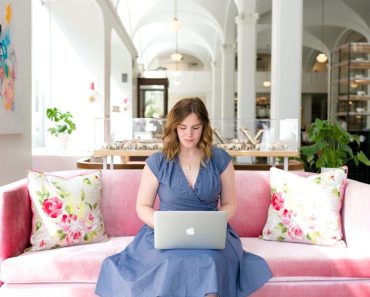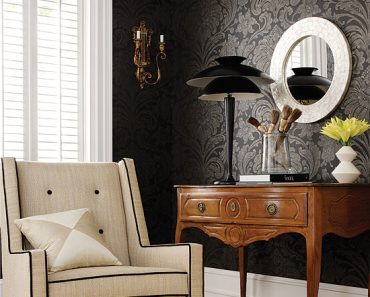If you’ve ever gone inside a home with all of the right colours and thought to yourself, “I wish I could do that in my house.” If that’s the case, and you wound up at the paint store, how did it go? Did you locate what you were looking for, or did you get stuck staring blankly at the endless colour palette? You’re not alone if it was the latter. Choosing colours for your house may be a daunting process!
The final decision on the colour scheme will be made using your home’s colours. Even if you hired a professional to assist you, you would still have some input into the colours chosen. After all, the hues should represent who you are as well as your own style, right? The issue is that they should also make sense within the space. And that’s where you may end up failing on your own—attempting to incorporate your favourite hues in a harmonious manner throughout your house.

It’s easy to spot where things went wrong after a project is completed when it comes to adding colour to a house. But wouldn’t it be better if you didn’t have to get there in the first place? Here are some common colour blunders that should be avoided while decorating your home.
1. Ignoring the rule of 60-30-10.
Following the 60-30-10 rule will have a major impact on your room. Narrow down your colour options to three: 60 per cent of the space will be the primary colour, 30 per cent will be the secondary colour, and 10 per cent will be the accent colour when decorating.
2. Not understanding the basics of colour.
Learn about the fundamentals of the colour wheel and how basic colour schemes function before you start decorating your home. It’s also worth noting that a neutral tone does not prevent you from using only beige.
Neutrals range in colour and tone, so there’s no need to stick to creams and whites unless you want to. The idea of neutrals implies that a combination of warm and cool tones is maintained, which means even a vivid hue like red can be classified as neutral.
3. Forgetting about lighting.
Colours may seem totally different when viewed under different types of light. What looks beautiful in natural light might appear tacky when illuminated only by lamps. Take home large paint chips or sample-size bottles of your favourites before making your decisions. Cover them with tape or apply them to the wall and see how they change throughout the day. It may not appear that a paint chip can make a significant difference owing to the lighting, but it can, which is why testing colour out in various environments is so crucial.

4. Trying to match an object.
If you want to stand out from the rest of your items, whether it’s furniture fabric or an accent piece, you may not do it with a backdrop in the same colour. Instead, look for a less harsh hue of a similar colour that will allow your favourite item to truly shine.
5. Jumping on the latest trend.
Trends come and go, so be aware of why you picked your colours. There’s nothing wrong with adoring the current year’s hottest hue, but be careful how you use it. Wall coverings are easier and less expensive to replace than couches in vivid magenta. Make sure you stick to furniture options that will endure over time and save the popular hues for walls, bedding fabrics, and accents. The ultimate aim should be to surround yourself with colours that you genuinely enjoy.
6. Avoid colours that have long been thought of as gender-specific.
The days of pink being for girls and blue for boys are long gone. Take a look at any annual Pantone colour palette, and you’ll see that those hues, as well as other colours once associated with gender, can now be utilized in any situation. They may also appear throughout all four seasons of the year! Don’t be scared to use colours like these in every room of your house. When done correctly, they may appeal to everyone!
As you add colour to your house, stop by Cutting Corners where you can purchase your favourite designer textiles and accessories for a fraction of the price.



